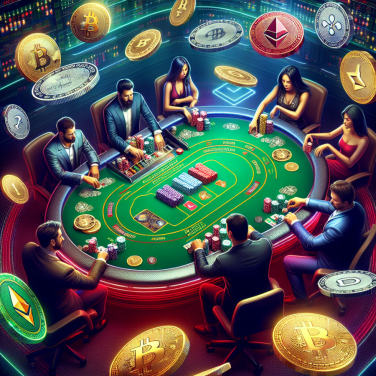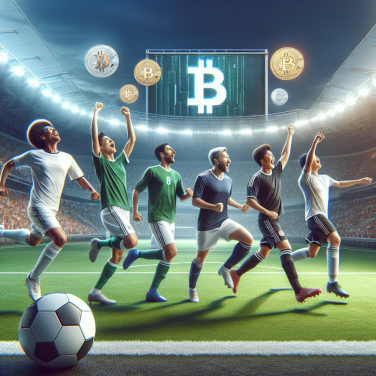Oină in Modern Romanian Society: Fostering National Identity and Community Bonds
Oină is not only a sport to the people of Romania but also a significant aspect of their cultural heritage. Rooted in the nation's history, it represents more than a mere athletic pastime; instead, it serves as a vessel for fostering national identity and strengthening community bonds in modern Romanian society.
The reach of Oină extends beyond the playing field, acting as a symbol of cultural unity and national pride. In a world where global influences often overshadow local traditions, Oină stands as a testament to Romania's rich history. Its continued presence in schools as a part of the physical education curriculum is a crucial factor in its role as a cultural preserver. By exposing the younger generation to this traditional sport, Romanian society is using Oină as a tool to embed the national heritage in the consciousness of its youth, thus ensuring that the fundamental values and historical narratives tied to the sport are not lost over time.
Moreover, Oină's role in fostering community bonds cannot be overstated. Local tournaments and competitions are more than just athletic events; they serve as community gatherings that bring together individuals from diverse backgrounds. These events provide an opportunity for social interaction, recreation, and entertainment, all of which are instrumental in creating a sense of belonging and solidarity among participants and spectators alike.
The sport's influence on social cohesion is particularly noticeable in rural areas, where communities are tighter-knit, and local cultural practices are fervently maintained. By organizing and partaking in Oină games, villagers reinforce their connections with one another, laying the foundation for strong communal support systems that are often integral to rural life. The sport thereby contributes to maintaining the social fabric of these communities, fostering a collective identity rooted in shared experiences and mutual support.
At the national level, Oină serves as a medium through which Romanians, irrespective of their social, economic, or regional differences, can come together to celebrate their common heritage. National Oină championships and demonstrations held during cultural and historical festivities provide occasions for the entire populace to engage with the sport. These national events not only spotlight the athletic skills of the players but also highlight the sport's historical significance, echoing its centuries-old origin story and its ongoing legacy.
Additionally, the Romanian diaspora often uses Oină as a link to their homeland, organizing matches and tournaments abroad that serve as cultural ambassadors for Romania.
Read also:
Exploring the Evolution and Innovation of Sports Equipment
Tracing the Roots of Oină: A Glimpse into Romania's Traditional Pastime
Tracing the Roots of Oină: A Glimpse into Romania's Traditional Pastime
Oină is more than just a sport; it is a historical tapestry interwoven into Romania’s cultural fabric. The origins of oină can be traced as far back as the 14th century, with some historians suggesting that it draws on even older traditional games played by Dacians and Romans. Its name is believed to have been derived from the Cuman word "oina", meaning "game", a testament to the diverse influences that molded Romania's heritage.
Throughout the centuries, oină was not merely a pastime, but also a means of physical training for young men, especially those preparing to join the military. This game emphasizes skills such as running, accuracy, strategic thinking, and team coordination, all of which were valuable both on the field and in combat.
The spread of oină throughout Romania further solidified its status as a national sport, with strong regional variants emerging. Rural communities especially embraced oină, often playing it during festivals and local gatherings. It became a vehicle for social interaction, community bonding, and even matchmaking, as it provided opportunities to exhibit one's prowess and agility before fellow villagers.
At the turn of the 20th century, oină saw a more formalized structure introduced, championed by Spiru Haret, the Romanian Minister of Education at the time. He was instrumental in having oină included in the education curriculum to ensure the game’s perpetuation as part of the national identity. Besides physical education, oină was employed as a metaphorical instrument for promoting values such as teamwork, fair play, and national pride among the youth.
During the Communist era in Romania, oină was recognized and supported as a traditional sport that highlighted the country’s rural roots and cultural independence. The regime promoted it through organized competitions and state-sponsored events, contributing to the sport's survival during a period where many local traditions were suppressed or altered.
Despite the decline in popularity in the face of modern sports and entertainment, oină remains a cherished relic of Romanian culture. Today, efforts are being made to revitalize interest in the game. National championships are held, and more instructors are teaching oină in schools across the country, striving to keep the flame of this cultural heritage burning bright.




